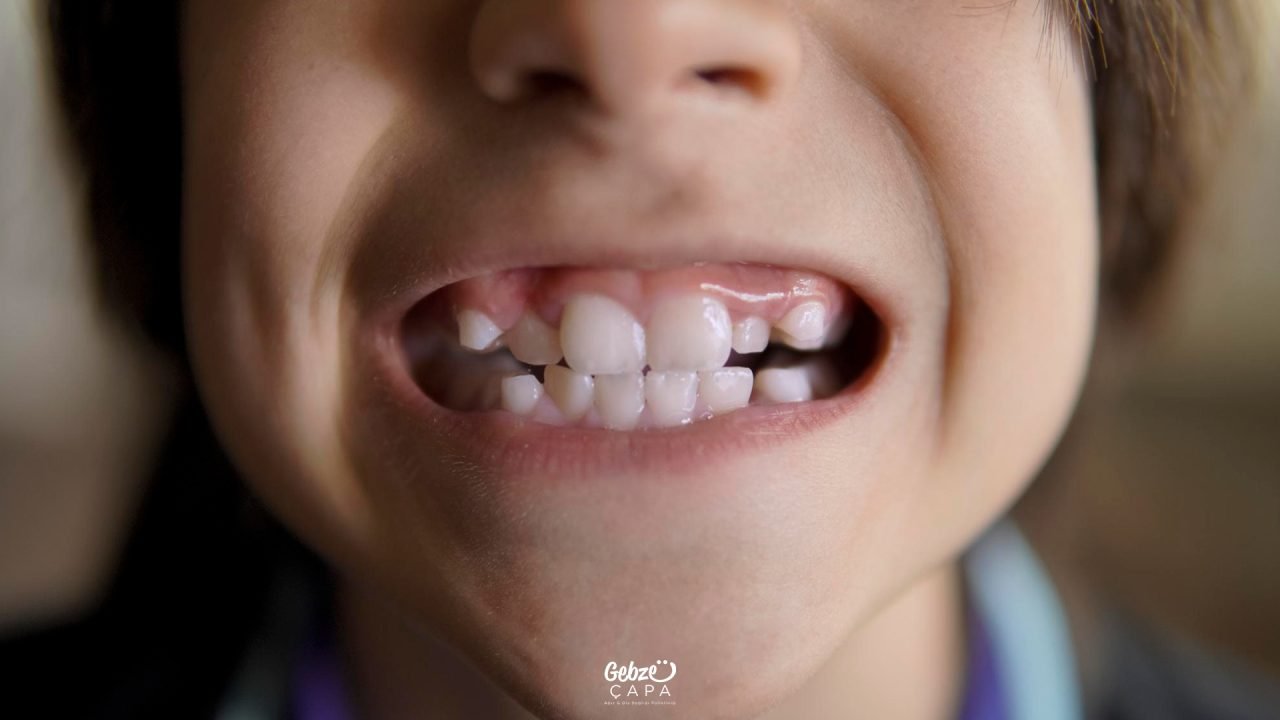What is Malocclusion?
Malocclusion is a term that refers to the abnormal alignment of teeth or the mismatch between teeth. This condition can stem from irregularities in the relationship between the upper and lower jaws or irregularities among the teeth themselves. Malocclusion can arise from various reasons and often negatively impacts daily activities such as appearance, eating, speaking, and chewing.
There are many different types of malocclusion, each with its own symptoms and effects. These include:
Definition and Types of Malocclusion

Malocclusion is a condition that occurs due to irregular alignment of teeth or mismatch of jaw structures. It typically results from abnormalities in the relationship between the upper and lower jaws or irregularities among the teeth themselves. There are different types of malocclusion, which can be categorized into subtypes such as overjet, overbite, crossbite, open bite, and dental spacing. Each type may present with different symptoms and effects.
Overjet: Excessive Forward Positioning of Teeth
Overjet refers to the condition where the upper teeth protrude too far forward compared to the lower teeth. This can result from discrepancies in jaw development or misalignment of the jaw bones. Overjet can be aesthetically displeasing and may impede proper chewing function between the teeth.
Overbite: Excessive Forward Extension of Upper Teeth
Overbite is the condition where the upper teeth extend too far forward in relation to the lower teeth. It often arises from imbalances in jaw structures or irregular growth of teeth. In severe overbite cases, it can lead to tooth wear and affect chewing function.
Crossbite: Misalignment of Teeth
Crossbite denotes the misalignment of upper and lower teeth. It can stem from irregular growth of teeth or abnormalities in jaw development. Crossbite can affect chewing function and negatively impact jaw health.
Open Bite: Failure of Teeth to Meet When Closing
Open bite is the condition where the upper and lower teeth fail to meet when closing. It can result from discrepancies in jaw development or habits. It can lead to speech problems and difficulty in chewing.
Dental Spacing: Aesthetic and Functional Effects
Gaps between teeth can also be considered a type of malocclusion. It may arise from factors such as irregular tooth growth or decay. It can be aesthetically displeasing and affect proper chewing function between teeth.
Treatment and Significance of Malocclusion
The treatment of malocclusion typically requires orthodontic intervention. Orthodontic treatment may involve the use of various appliances to bring teeth into proper positions and correct jaw structures. These may include braces, brackets, clear aligners, and other appliances. The treatment process can vary depending on the type and severity of malocclusion and may typically last from several months to several years.

Frequently Asked Questions
What are the symptoms of malocclusion?
Symptoms of malocclusion may include jaw or facial pain, difficulty chewing, speech problems, tooth wear, or jaw joint issues. Additionally, irregular alignment of teeth may be noticeable from an aesthetic standpoint.
What are the causes of malocclusion?
Causes of malocclusion may include genetic factors, abnormalities in jaw structure, early loss of baby teeth, jaw traumas, incorrect sucking habits, and habits such as teeth grinding during sleep.
How is malocclusion diagnosed?
Diagnosis of malocclusion is typically conducted by an orthodontist or dentist. During the diagnosis process, a detailed examination of the patient’s teeth and jaw structure is performed. This examination is often supported by X-ray images and other imaging techniques.
How is malocclusion treated?
Treatment of malocclusion generally requires orthodontic intervention. Orthodontic treatment may involve the use of various appliances to bring teeth into proper positions and correct jaw structures. The treatment process can vary depending on the type and severity of malocclusion and may last from several months to several years.
How effective is malocclusion treatment?
Malocclusion treatment is generally successful and is an effective method to achieve desired results. However, the success of treatment depends on the patient’s condition, adherence to treatment, and diligent follow-up.
When should malocclusion treatment begin?
Malocclusion treatment typically begins in childhood or adolescence because children’s bone structures are more flexible and respond better to treatment. However, malocclusion treatment is also possible in adults, although the treatment process may be longer.
What is the necessity of follow-up after malocclusion treatment?
Regular follow-up appointments are important after malocclusion treatment. These appointments are necessary to evaluate the progress of treatment and prevent potential complications. Additionally, maintaining post-treatment habits and using retention appliances are important.
In summary
Malocclusion can lead to various health issues beyond just aesthetic concerns. These include tooth decay, gum diseases, jaw joint problems, and speech issues. Therefore, early diagnosis and appropriate treatment of malocclusion are important. An orthodontist or dentist can assess the malocclusion condition and suggest suitable treatment options to help individuals achieve a healthy smile and proper jaw function.



